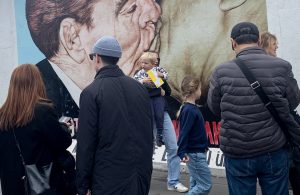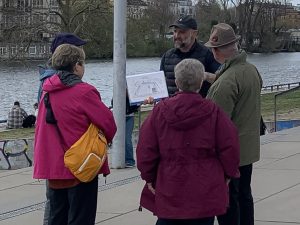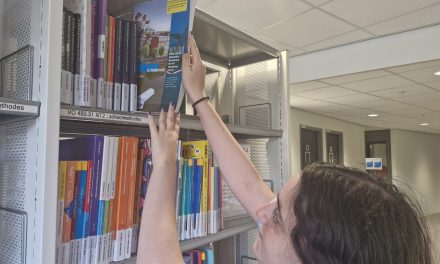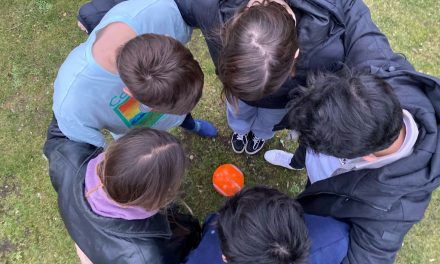They weren’t there when it was built, and they didn’t watch it fall. Yet, the Berlin Wall remains an undeniable part of Europe’s history. But born into a world so different, how does Gen-Z connect with events from the past? Can they feel its impact, or is it just a story from another time?
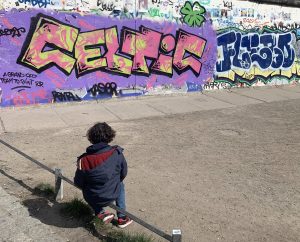
Little boy throwing rocks at the Wall
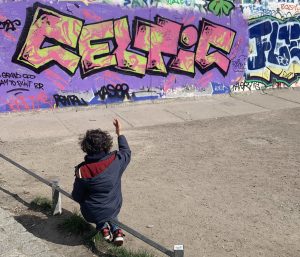
In a dimly lit room of the Berlin Wall Museum, Karsten, the museum’s historian and tour guide, and I walk through an exhibition of videos and photographs depicting the Wall’s turbulent history. “Fieldtrip classes usually stay focused until we get to this part,” he says with a small smile, nodding towards a section of archival footage. “Then, half of them drift off, some out of boredom, others because they’re processing what it all means.”

Young couple stopping to read a plaque at the Wall
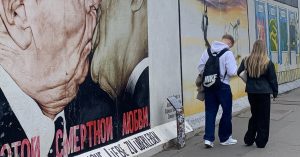
Karsten observes that students’ engagement varies, often depending on where they’re from. “Berlin youth often come in with awareness of the topic already, so for them, it’s more of a background hum,” he explains. “For people from other countries, it’s more of a discovery and they’re usually intrigued by what we display here.” To bridge the distance between past and present, the museum offers specialized school tours and runs a blog that connects the Wall’s history to current global issues.
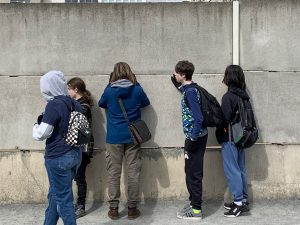
School class visiting the Death Zone.

Recent studies show that Gen Z is more engaged with historical events than often assumed. According to the 2023 MEMO‑Youth Study by the Universität Bielefeld and Stiftung EVZ, 63% of young adults aged 16-25, reported having “intensively” engaged with the history of National Socialism, which is significantly more than the general population. This suggests a strong desire among younger generations to understand and confront their national history.
A study from the Rheingold Institute shows that Gen-Z actively tries to engage with the past. 54% out of 1100 participants aged 16-25, want to put themselves in the victims’ shoes and empathize with the injustice done to them, but they also want to examine the evil perspective. Young people see connections with their own daily lives and try to understand their circumstances and environment better by comparing and contrasting the present with the past.

Class visiting monument of the Wall
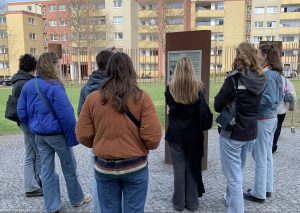
This blending of past and present is something Daniël Bokma, a history teacher at CSG-Comenius Mariënburg, recognizes as well. “It feels like it all happened a long time ago, but that’s nonsense,” he says, emphasizing how crucial it is for young people to understand the Wall’s impact on political and social divisions. “It’s important to create a base of knowledge for students so they have the tools to reflect on the topic in the future.”
Despite the historical distance, Bokma sees genuine curiosity from his students. “It’s surreal yet recent,” he notes. “Fugitive stories are particularly interesting because they are thrilling, and the different lives in East and West Berlin, capitalism or communism, are fascinating.” He does, however, point out a common pitfall: “In Western Europe, we’re raised with the idea that America is the good guy and Russia the bad guy, but it’s not that simple.” To convey nuance, Bokma uses authentic visual material in class: real footage and images that help bring the Wall’s era to life.

Gen-Z’ers hanging out near the Wall

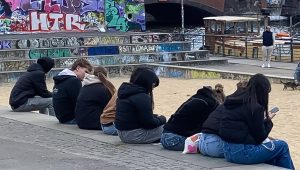
But how do students themselves relate to this part of history? To explore that, I spoke to three students in their early 20s from different parts of Europe.
For Mare Bruinsma, a student from the Netherlands, the Berlin Wall feels strangely distant. “It feels very far away and unreal to me, even though it is quite recent and close to home,” she admits. Although she studied the Wall in high school, she only valued what was needed for exams. Today, however, she recognizes its ongoing relevance. “Things like this are still happening, and maybe even sooner and closer than we think.”
Kristin Lepp, from Estonia, shares a deeper personal connection. “Estonia was influenced by this event as well,” she explains. For her, the Wall isn’t just a symbol, it’s linked to Estonia’s second independence and her own national identity. “If people don’t know about it, then they can be manipulated into believing that something that shouldn’t be okay, is okay.”
Julia Kaffka, raised in Berlin, feels the weight of the Wall’s legacy every day. “Many Berliners still identify as ‘from the east’ or ‘from the west,’ and stereotypes persist,” she says. According to her, Germany’s reunification is still an ongoing process. “So many things still have to happen to really, really reunite Germany.” For Julia, remembering the Wall is about responsibility: “We need to make sure it never happens again and we remember this wall as part of our identity and not silence it.”
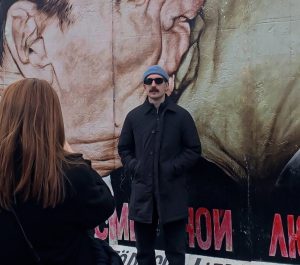
Gen-Z’ers taking pictures at the Wall
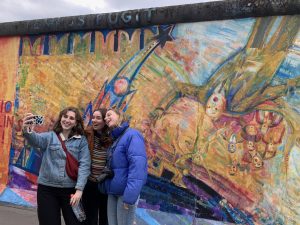

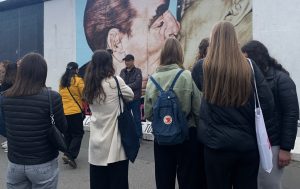
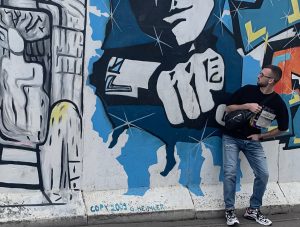

Different generations interacting with the Wall
